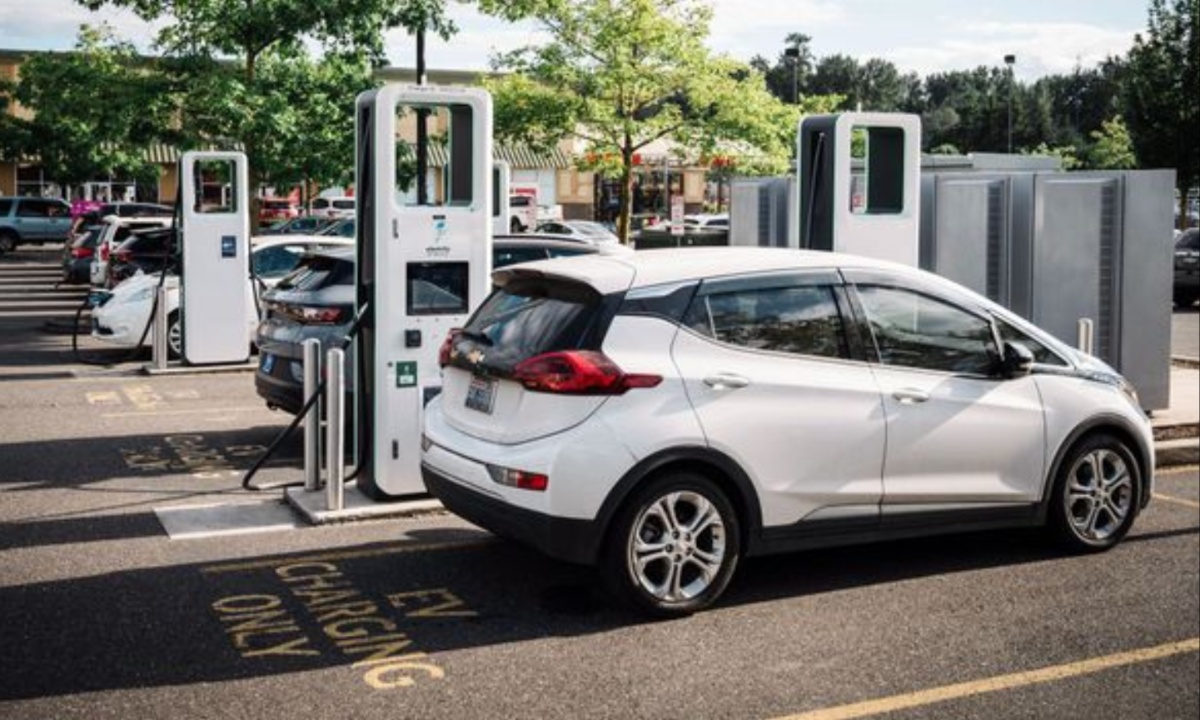High gas prices are driving interest in electric vehicles (EVs), but affordability remains a significant barrier. The average price of a new EV is $66,000, reflecting a 4% monthly increase and a 14% rise over the past year, according to Kelley Blue Book. These costs are more aligned with luxury pricing, leaving mainstream buyers priced out. While some hope for price drops, experts suggest that global crises and supply chain issues have contributed to current costs, with reductions dependent on market and manufacturing changes.
Two main factors could contribute to decreasing EV prices. First, the introduction of more EV models will boost competition, offering consumers more choices and compelling manufacturers to lower prices to attract buyers. Second, efficiencies in production, particularly in battery optimization, will reduce manufacturing costs. These savings are expected to translate to lower consumer prices. Industry leaders advocate for more affordable models, emphasizing the need for mass-market EVs priced under $35,000, which have been largely absent.

Price decreases may begin within a few years and accelerate by 2030, as manufacturers ramp up EV production and achieve production efficiencies. Currently, EVs make up only 5% of new car sales, but brands like Volkswagen aim for EVs to account for half of their sales by 2030, with some luxury brands planning full electrification. These efforts are expected to create a significant supply of EVs, driving down prices by increasing availability and reducing production costs.
Over time, EVs are anticipated to become cheaper than traditional gas-powered cars. As manufacturers shift investments to EV development and away from internal combustion engines, gas-powered vehicles may stagnate in pricing while EV prices drop due to technological advancements. Experts predict that mainstream vehicles will eventually be exclusively electric, with gas-powered cars becoming niche, specialty products.
Even before EVs achieve price parity with gas-powered cars, they could offer long-term savings through lower energy costs, government incentives, and reduced maintenance expenses. Analysts emphasize the importance of considering total ownership costs when comparing EVs to traditional vehicles, as these savings may offset higher initial purchase prices, making EVs an increasingly viable option for cost-conscious consumers.

